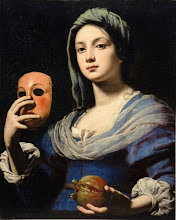Resembling a twisted teardrop, the kidney-shaped paisley is Iranian and Indian in origin, but its western name derives from the town of Paisley, in central Scotland.
In Tamil the design is known as mankolam and has long been used in India. It resembles a mango and has sometimes been associated with Hinduism.
In Persian the design is known as boteh jegheh and it has long been used in Iran since the Sassanid Dynasty.
Some design scholars call the distinctive shape boteh and believe it is the convergence of a stylized floral spray and a cypress tree: a Zoroastrian symbol of life and eternity. A floral motif called buteh, which originated in the Sassanid Dynasty (200–650 AD) and later in the Safavid Dynasty of Persia (from 1501 to 1736), was a major textile pattern in Iran during the Qajar Dynasty and Pahlavi Dynasty. In these periods, the pattern was used to decorate royal regalia, crowns, and court garments, as well as textiles used by the general population.
The pattern is still popular in Iran and South and Central Asian countries. It is woven using gold or silver threads on silk or other high quality textiles for gifts, for weddings and special occasions.
-Wikipedia
In Hinduism the design is symbolic of the goddess, or so I've been told. I seem to remember hearing on a TV documentary that the image of a cypress tree bowing in the wind was taken up by Islamic artisans as a symbolic motif representing submission to the will of Allah. My wife, who is from a Hindu background, calls the boteh a "mango design".
-Jeronimus




















No comments:
Post a Comment